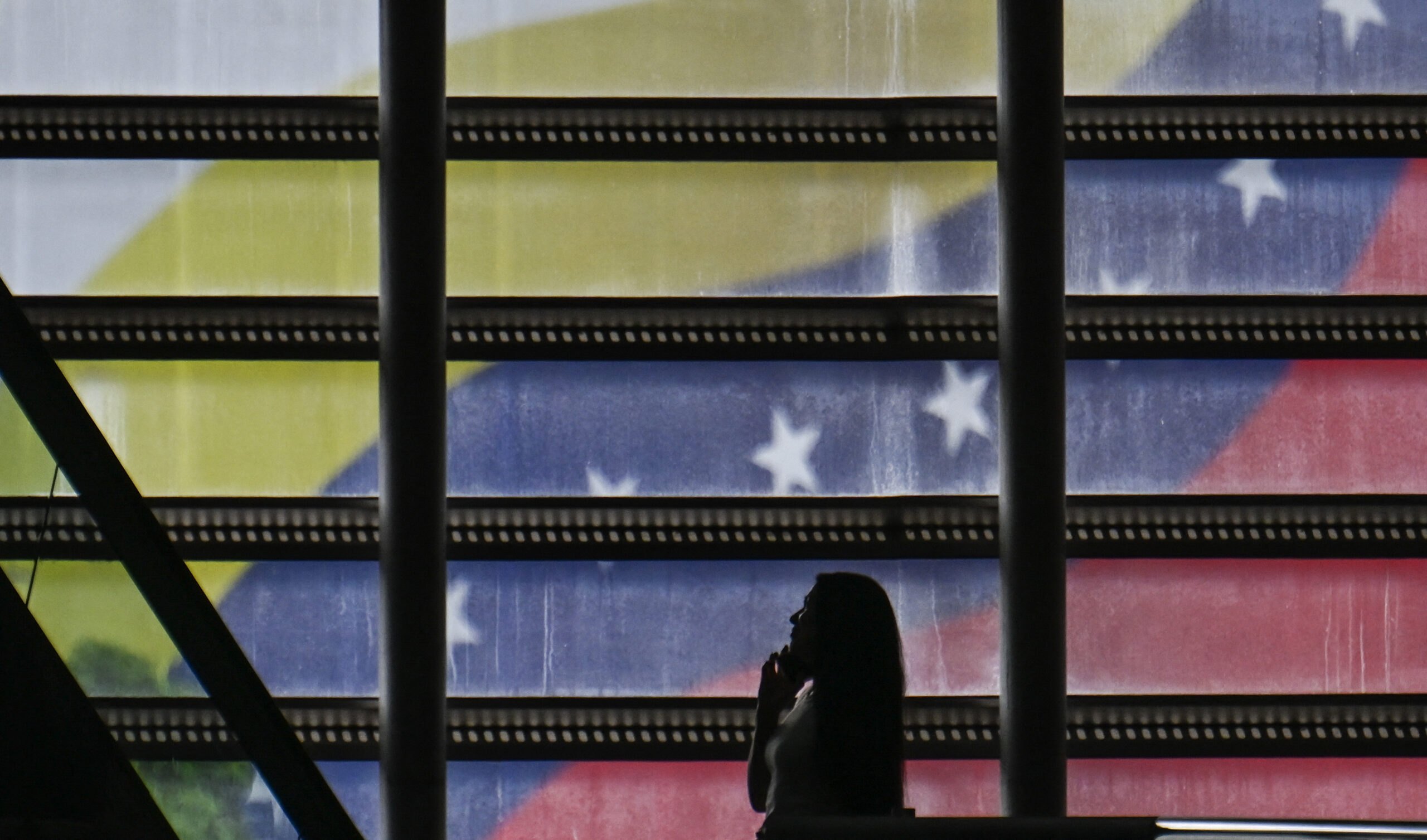Andean Panel: New Governments, New Directions
Andean Panel: New Governments, New Directions
Just over a month after the last of the newly elected Andean leaders took office, AS/COA convened private and public sector experts to analyze the direction of the region. All agreed that the Andes are at a historic moment, both politically and economically.
Just over a month after the last of the newly elected Andean leaders took office, the Americas Society and Council of the Americas (AS/COA) convened private and public sector experts to analyze the direction of the region. All agreed that the Andes are at a historic moment, both politically and economically. Enrique García, President and CEO of the Andean Development Corporation (CAF) presented the keynote remarks. Other panelists included: Don Hanna, Managing Director and Global Head at Citigroup, Inc.; Patricio Navia, Professor at New York University; and Hal Weitzman, Andes Correspondent for the Financial Times. This summary provides an overview of the main points from the discussion.
Electorates throughout the Andes went to the polls to elect or re-elect leaders in a flurry of presidential elections ending in December 2006. In fact, Bolivia, Ecuador, and Peru each ended the month of January with presidents that were not in power at the start of January last year. The busy election season included two contests (Ecuador and Peru) where the victors were chosen in a second round.
High commodity prices are providing much of the impetus for regional economic growth, with growth rates averaging at least 5 percent in the last year. Venezuela surpassed the regional norm in boasting growth topping 10 percent. However, with inflation at 17 percent last year—the highest in the region by more than 12 percent—many fear the overheating of the economy. Heavily dependent on commodities, the region’s strong macroeconomic performance could be eroded with a drop in commodity prices and/or increased public spending. In Venezuela, fiscal spending increased 50 percent in 2006.
Speakers agreed that all leaders were elected through transparent processes. But, throughout the region, highly personalized regimes are the result of increasingly weak institutions and faltering political parties. While growth continues at impressive levels, microeconomic performance is below par and social equity remains poor. Long-term economic health requires moving beyond commodity-driven income and investing in education, infrastructure, and greater market openness.
A positive macroeconomic climate has fueled great optimism in the region’s economic potential. For example, in Bolivia, Enrique García noted that a 6 percent current account deficit has been erased and turned into a 12 percent surplus in just a few years. But, the key question is how much of this growth can be attributed to endogenous factors versus global conditions. Microeconomic conditions also remain poor and will continue to stifle growth unless addressed through long-term policy fixes. Moving from a comparative to competitive advantage in commodities will cushion the region from future external shocks.
Regional economic strength and success in a globalized world will hinge upon market openness—the biggest distinction between the Andean region (and Latin America as a whole) with Asia. Looking at individual countries, Peru may be in the best position to achieve high economic growth and industrial development. However, popular support for economic policies will be determined by whether all people are feeling the benefits of economic growth. But, according to Hal Weitzman, the government is finding it difficult to translate economic success into increased social service delivery. Only a few months ago, sources revealed that just 3 percent of Peruvian social investment funds had been spent.
Politicians have capitalized on widespread popular dissatisfaction stemming from the fact that national economic growth has yet to trickle down to individuals. Candidates address this discontent both on the campaign trail, and once in office, through executive actions that increase the role of the state in the economy. In Bolivia and Venezuela, García emphasized that state policies are not a rejection of the market economy.
Economic exclusion has also brought a renewed surge in populism. Patricio Navia defined populists as “leaders who concentrate power in their own hands” and consequently undermine institutions. For him, this definition applies to all leaders in the Andean region today. Even in Colombia, one of the most democratic countries, stability increasingly rests on President Uribe, according to Navia. While populists attempt to decrease exclusion, they also increase the concentration of power. As a result, political parties throughout the Andes suffer from increasing irrelevance.
Unlike the moderate left, the “new ‘new left’” is a somewhat coherent group that includes Presidents Chávez, Correa and Morales in addition to former presidential candidate Ollanta Humala of Peru. Hal Weitzman went on to point out that Caracas is the spiritual heart of this group but not the command center. Characterizing these administrations as more nationalistic, state-driven, and reformist, he noted that success depends on their ability to deliver visible change. These governments also rely on continued high demand for natural resource exports, management of social movements, and success in attracting sufficient foreign direct investment.
The most significant outcome of the 14-month election season was the broad respect for electoral results. According to García, this is a sign that democratic processes are taking deeper root across Latin America. Although many voters are dissatisfied with persistent inequality, concerns are expressed through their ballots. Dr. Navia was less optimistic, citing the large regional hole left by weak political parties. Political parities only had limited success in unifying national populations during the 2005-2006 election cycle.








